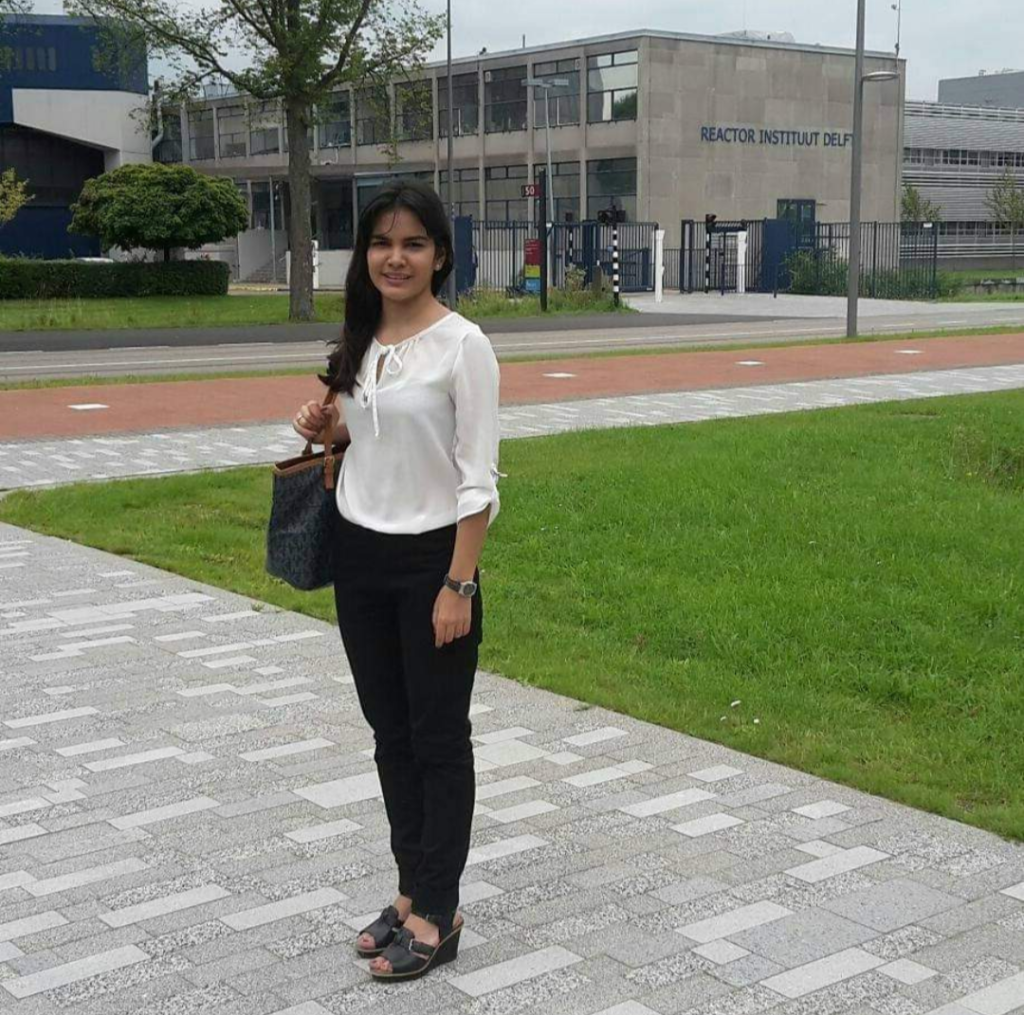
Maria has both a master’s and bachelor’s degree in chemical engineering. For some time she was responsible of doing computer process simulations , but she also helped on the implementation of data analytics code to optimize production in chemical plants, while learning about the subject and doing some programming herself. Currently, she is focusing on that area sharpening her skills in data science and wants to also understand the relationship with process automation and control and the technical details to a successful deployment.
Episode Notes
Music used in the podcast: Higher Up, Silverman Sound Studio
Acronyms, Definitions, and Fact Check
AI (Artificial Intelligence)– This term is often used to describe machines (or
computers) that mimic “cognitive” functions that humans associate with the human
mind, such as “learning” and “problem solving”. Alan Turing is said to be the father of
AI and he invented a test to benchmark whether a machine is intelligent or not called
“The imitation game”. (Wikipedia)
Machine Learning – Is the science of getting computers to act without being explicitly
programmed, by accessing data and use it to learn for themselves. In contrast to
software development, no explicit rules are assigned, but rather the algorithm is able
to learn from multiple examples by finding correlations, just like a baby would learn to
walk by observing the world. When a person writes equations or software they are
able to communicate the information that was processed using symbols, while
machine learning is trying to program the process of learning, without communicating
it with symbols. Some researchers are diving deeper into this problem to understand
better the algorithms by doing symbolic regression, where a machine can
communicate the results by using equations or symbols as well. There are different
types according to how the data is presented: supervised, unsupervised and semi
supervised, also reinforcement learning can be present. (Stanford with additions
from Max Tegmark)
Data Analytics – Process of inspecting, cleansing, transforming, and modelling data
with the goal of discovering useful information, informing conclusions, and supporting
decision-making. The most important step is data preparation before even trying to fit
it to a model and this is the most difficult and time-consuming task in data science. In
manufacturing, it is important to understand the dynamic behaviour of data (How the
time series data of different variables relate to each other), and the context for any
missing data. The analytics maturity level is measured according to the application:
descriptive, diagnostic, predictive and prescriptive. (Wikipedia with additions from
Maria learned in manufacturing)
Neural Network – Neural nets are a means of doing machine learning, in which a
computer learns to perform some task by analysing training examples. Inspired
loosely on the human brain, a neural net consists of thousands or even millions of
simple processing nodes that are densely interconnected and “correlate” inputs into
outputs”. Neural nets are good at fitting data with high signal to noise ratio and can
be used with manufacturing time series data for optimization or prediction. “Finding”
a good neural network model is all about modifying its parameters: weight and
biases, until the error between the prediction and expected result is minimal. Is
important to also perform a good selection of inputs (feature selection) that will go to
the model which can be done with process knowledge expertise or using other
techniques such as PCA, etc as well as data preparation.
(https://news.mit.edu/2017/explained-neural-networks-deep-learning-0414 with
remarks from Maria).
Process Control – Process control is the ability to monitor and adjust a process to
give a desired output. It is used in industry to maintain quality and improve
performance. Understanding traditional control systems is key to implementing
analytics models in the plant on-line, alongside the different communication
protocols.
(https://www.haroldbeck.com/process-
control/#:~:text=Process%20control%20is%20the%20ability,a%20heater%20and%2
0a%20thermostat. With remarks from Maria’s learnings)
Process Simulations – Process simulation is a model-based representation
of chemical, physical, biological, and other technical processes and unit
operations in software. Basic prerequisites for the model are chemical and physical
properties of pure components and mixtures, of reactions, and of mathematical
models which, in combination, allow the calculation of process properties by the
software. It corresponds to scientific software development, since rules are explicitly
programmed. Some applications include, study of scenarios, building simulation
systems for operator training, testing control applications or even recently training
machine learning algorithms. (Wikipedia with remarks from Maria)
Optimization – Adjusting the variables of a function so that its maximum, minimum or
a value is found depending on the application, under specified constraints. Several
algorithms are available for this. Having a data or physics model of a system in
manufacturing allows to perform this, so that a variable of interest can be kept at a
specification or improved, without violating other restrictions (Constraints) (From
theory and Maria’s experience)
The curse of dimensionality – The curse of dimensionality refers to various
phenomena that arise when analysing and organizing data in high-dimensional
spaces that do not occur in low-dimensional settings such as the three-
dimensional physical space of everyday experience. The expression was coined
by Richard E. Bellman when considering problems in dynamic programming. Each
variable is considered to be a dimension and that’s why data models with many
variables require large amounts of data to have a good representation of the space,
although some techniques could be used to combat this challenge when no much
data is present. (Wikipedia with remarks from Maria)
Venezuela and India are tied for the highest number of Miss World Titles with 6 each.
Engineers Without Borders – a non-profit humanitarian organization established to partner with developing communities worldwide in order to improve their quality of life. (wikipedia)